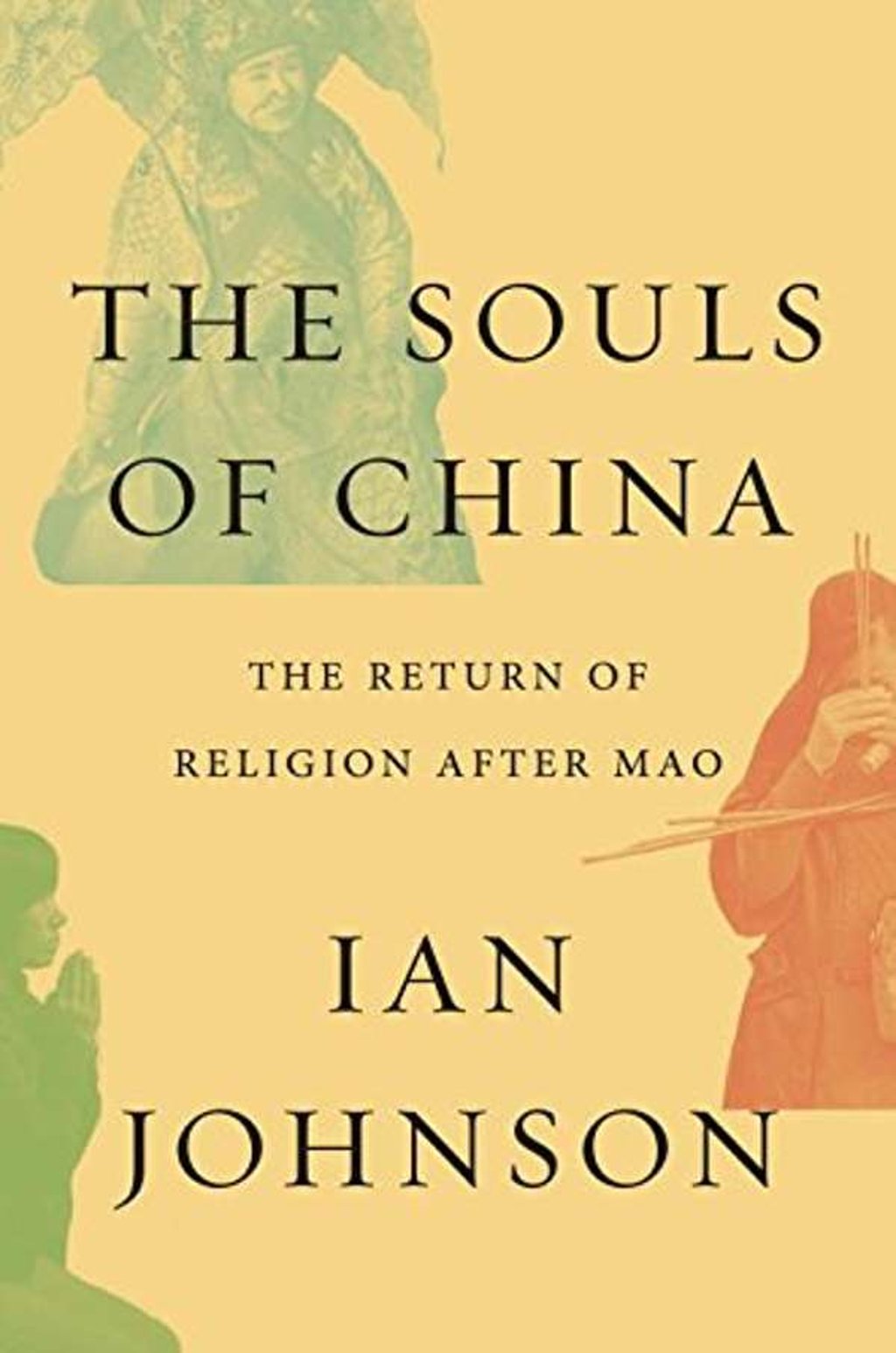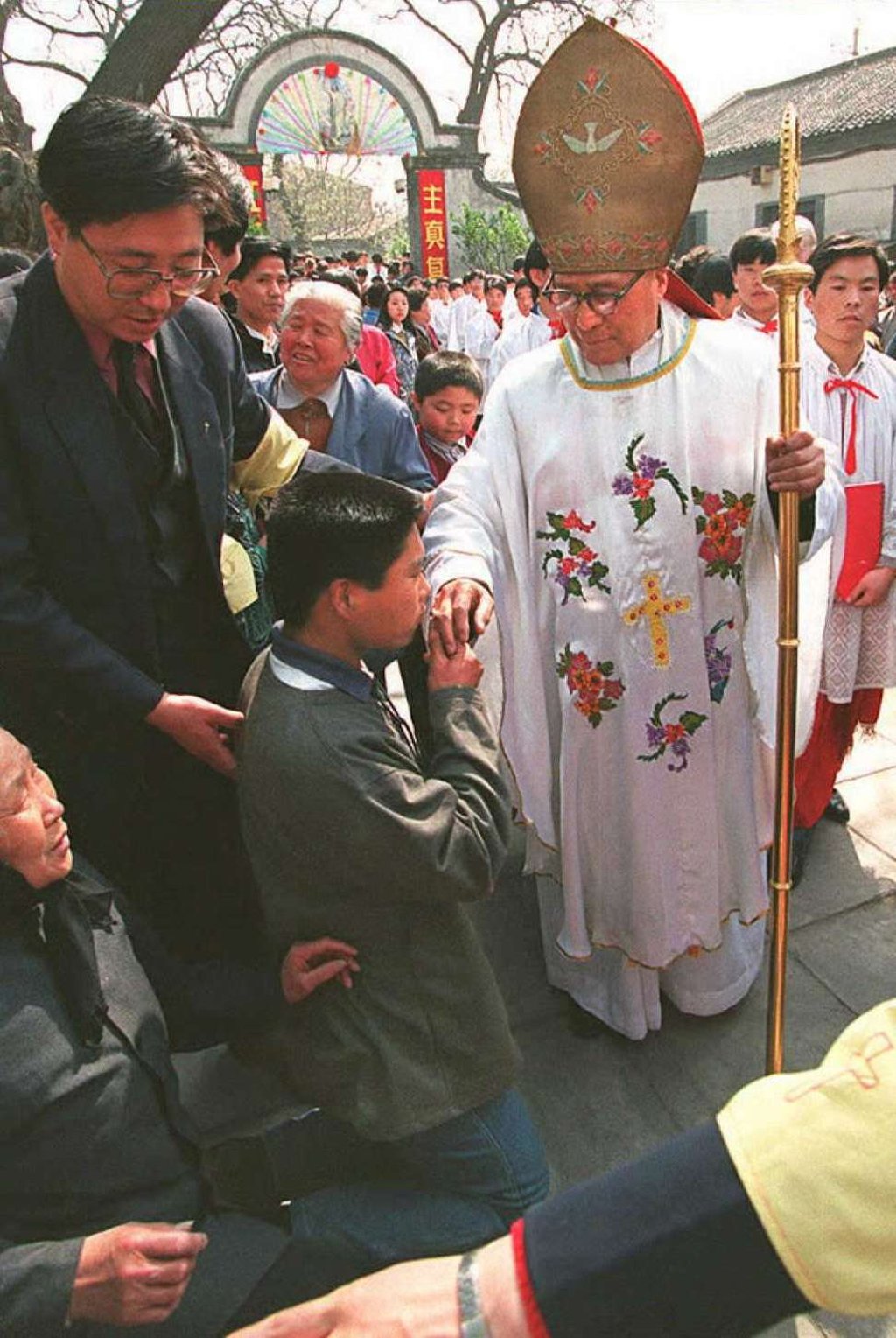Review | Return of religion to China since the death of Mao documented in new book The Souls of China
By following individual monks and priests, Pulitzer Prize-winning author Ian Johnson personalises his account of the reawakening of religious belief and practices in China


by Ian Johnson
Allen Lane
The 20th century wrought havoc on religious and spiritual life in mainland China, especially during the Cultural Revolution. Temples were torn down, believers persecuted and priests, monks and nuns subjected to violence and forced to renounce their religious ways. It must have seemed as though all traditional religious practices would vanish from the country.
Yet, since the late 1970s, religion has slowly been returning to China, as millions of Chinese search for something other than material wealth. Some have looked to old religions such as Taoism and Buddhism while others have turned to a more modern import, Christianity, for answers.
By 2014, there were half a million Buddhist monks and nuns worshipping in 33,000 temples across the country, along with 48,000 Taoist priests and nuns affiliated with 9,000 temples – twice the number of temples that existed in 1990. The mainland now has roughly 200 million Buddhists and Taoists while the number of Protestants is growing at a rate of 7 per cent a year.

“Across China, hundreds of temples, mosques and churches open each year, attracting millions of new worshippers,” writes Ian Johnson in The Souls of China: The Return of Religion After Mao.
